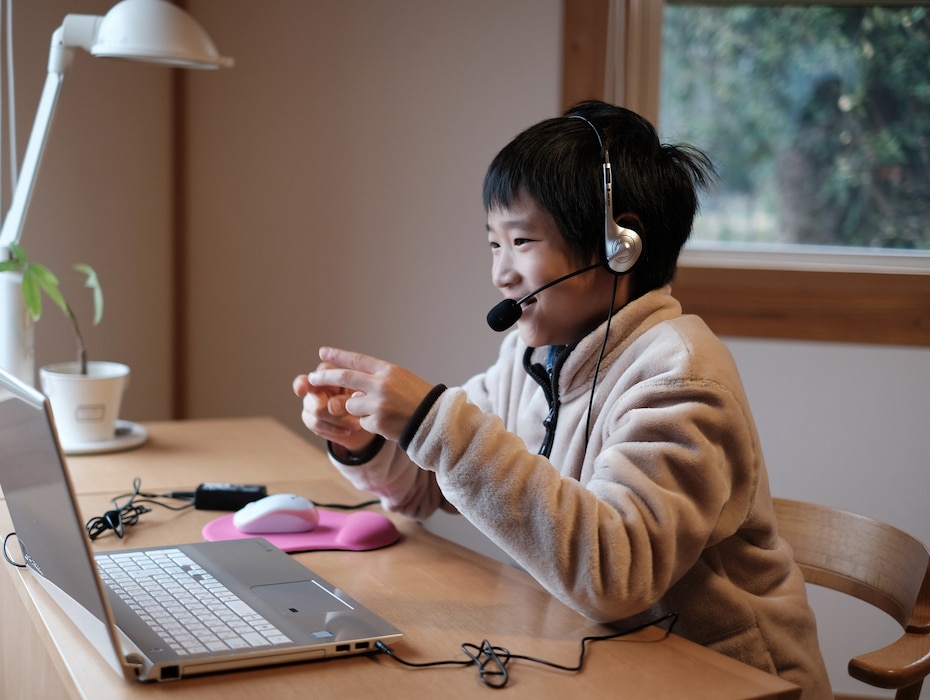Highlights:
- COVID-19 changed the face of higher education as we know it, leading to widespread distance learning
- In the fall of 2021, schools must grapple with the concept of hybrid learning
- There are seven teaching lessons from COVID-19 which can guide the future of hybrid learning in higher education
Since the spring of 2020, educators have had to adapt to rapidly changing circumstances. This included teaching remotely (for some instructors, for the first time in their careers) and dealing with hybrid learning.

Here are the top lessons educators and administrators learned as a result of COVID-19, along with some thoughts about how these lessons will affect the future of education.
What lessons did we learn from COVID-19?
Educators and administrators found themselves having to learn new ways of teaching and connecting with students in a short period of time. These are the top lessons they took away from teaching through COVID-19:
- Campus won’t look like it did in the fall of 2019
- Virtual learning isn’t just a nice-to-have anymore
- New learning options can draw students back to school
- Successful virtual learning plans require a strategy based on pedagogy and technology
- Hybrid learning offers a new, safe way to connect with students
- Virtual and hybrid learning creates a better experience for quieter students
- Digital security is paramount
Campus won’t look like it did in 2019
After what educators, students, and administrators have been through since the spring of 2020, it would make sense for people to long for a return to normalcy. However, it isn’t possible for things to go back to the way they were in the fall of 2019.
For a start, enrollment has dropped since 2019. First-time student enrollment decreased by 13.1 percent. Moreover, students and educators expect that higher education institutions will acknowledge the enormous societal shifts we’ve undergone (including the rise of distance and hybrid learning).
Health issues create significant challenges for administrators and educators. Although vaccination rates are rising, decision-makers understand that social distancing and limiting capacity on campuses will prevent the spread of further disease. It simply won’t be possible to have a campus at full capacity if administrators want to mitigate the risks of a potentially deadly pathogen.
To accommodate students and to abide by health recommendations, schools will need to offer in-person as well as hybrid learning. It keeps students safe while ensuring the continuity of education.
Virtual learning is no longer a nice-to-have
Over the past 20 years, virtual learning has grown in popularity. A 2018 report revealed that the percentage of students taking one or more undergraduate classes online rose from 15.6 percent in 2004 to just over 43 percent in 2016.

During the pandemic, distance learning became a safe option for students to continue their education. Going forward, distance learning will lose its nice-to-have status and become a fixture in the higher education landscape, representing a viable way for students to earn a degree.
New learning options can draw students back to school
As mentioned earlier, colleges and universities have seen lower enrollment, largely due to COVID-19. Health and safety were concerns, as well as job losses and other financial issues. Some students complained about the distance learning experience, saying it didn’t feel personal.
Yet, the right technology can actually make the distance learning experience more personal. Instructors can connect with students one-on-one and customize learning materials for their unique needs.
Choosing a unified communications platform (technology that combines chat, video conferencing, telephony, and file sharing) supports a meaningful learning experience. The right distance learning platform integrates with learning management platforms (LMS), the backbone of the virtual and hybrid learning experiences.
Successful virtual learning plans require a strategy
Successful virtual learning isn’t the result of a stroke of luck. It requires a strategy that takes pedagogy and technology.
Instructors need to create engaging virtual lessons; however, the right technology must be in place to support them. The right technology is secure, stable, and gives instructors and students opportunities to connect through chat, telephony, and video inside and out of class.
Hybrid learning offers a new, safe way to connect with students
As vaccination rates rise, safety restrictions will ease. That being said, not all students or instructors will feel safe coming back into the classroom. Hybrid learning (in which students can learn in-class or online at the same time) helps solve that problem.
It provides students with a safe way to learn. If they’re feeling ill, they can learn online without getting anyone else sick. Moreover, hybrid learning allows students from diverse geographical backgrounds to attend a school.
Virtual and hybrid learning creates a better experience for quieter students
Every class has a quiet student—the one who knows the answer but doesn’t feel comfortable participating. In an in-class setting, they frequently feel overwhelmed by their extroverted peers.
For these students, research shows that an online educational environment is actually better. They feel more confident participating through chat.
Moreover, hybrid learning offers these students greater flexibility. They can watch recorded lessons after they’ve been posted. Being able to learn asynchronously allows them to work at their own pace.
Digital security is paramount
The 2020-2021 academic year was a banner one for cyberattacks. Ransomware attacks became more expensive, rising from an average demand of $115,123 in 2019 to $312,493 in 2020. Students and instructors also dealt with disruptions as hackers infiltrated classes.
Administrators and instructors learned the crucial lesson that digital security matters enormously in virtual learning. It ensures continuity of learning and confidentiality of anything that students or instructors share in class.
Prepare for the future of education with RingCentral
RingCentral’s unified communications platform provides the flexibility schools need to navigate a new educational landscape. Our market-leading hybrid learning technology offers video conferencing, chat, and telephony. Moreover, it integrates with top LMS for a seamless experience for students and teachers. To learn more, get a demo.
Originally published Aug 11, 2021, updated Aug 23, 2021





